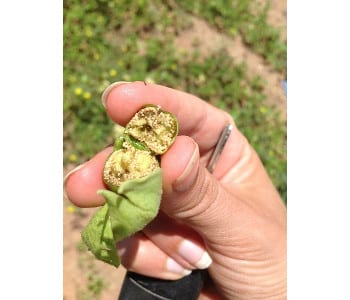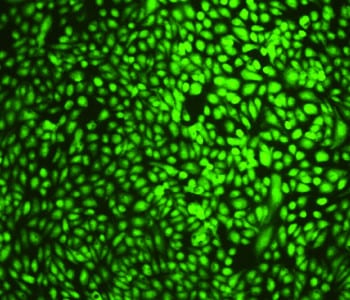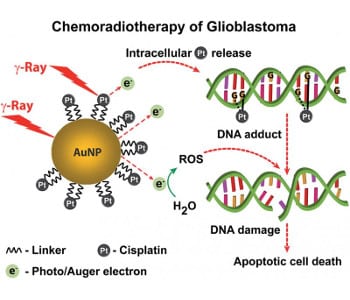A team of researchers at Michigan State University has developed a new type of transparent solar concentrator.


A team of researchers at Michigan State University has developed a new type of transparent solar concentrator.

Melbourne reseachers develop method to fabricate chiral stationary phases with nanoengineered features.

A new class of iron oxide nanocarrier activates the immune system and serves as a contrast agent for multiple imaging techniques.

Boeing Partners with South African Airways for a pioneering project that will make sustainable aviation biofuel from a new tobacco plant, not cigarettes.

Airbus Group is now setting its sights on achieving silent, CO2-free, all-electric flight for both unmanned and passenger aircraft over the next three decades.

A new all-in-one industrial laser unit is marking a broad spectrum of materials.

We talk to Sang-Woo Kim on his appointment to the Executive Advisory Board for Advanced Electronic Materials.

Nanowires can be produced by pulling DNA over micropillar arrays, leaving a simple overcoating step to improve conductivity.

International researchers have reported reported a crosslinker – an activated-ester-type photocleavable crosslinker – to prepare photodegradable hydrogels.

A collaboration between nano- and neuroscientists has resulted in a system that kills the most aggressive, and most common, form of adult brain cancer.